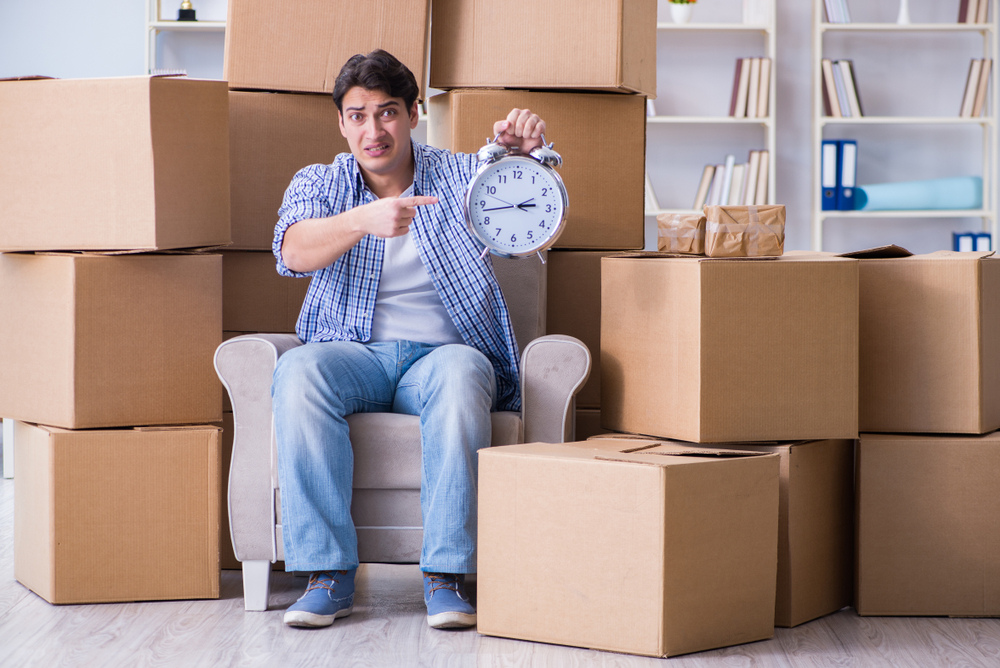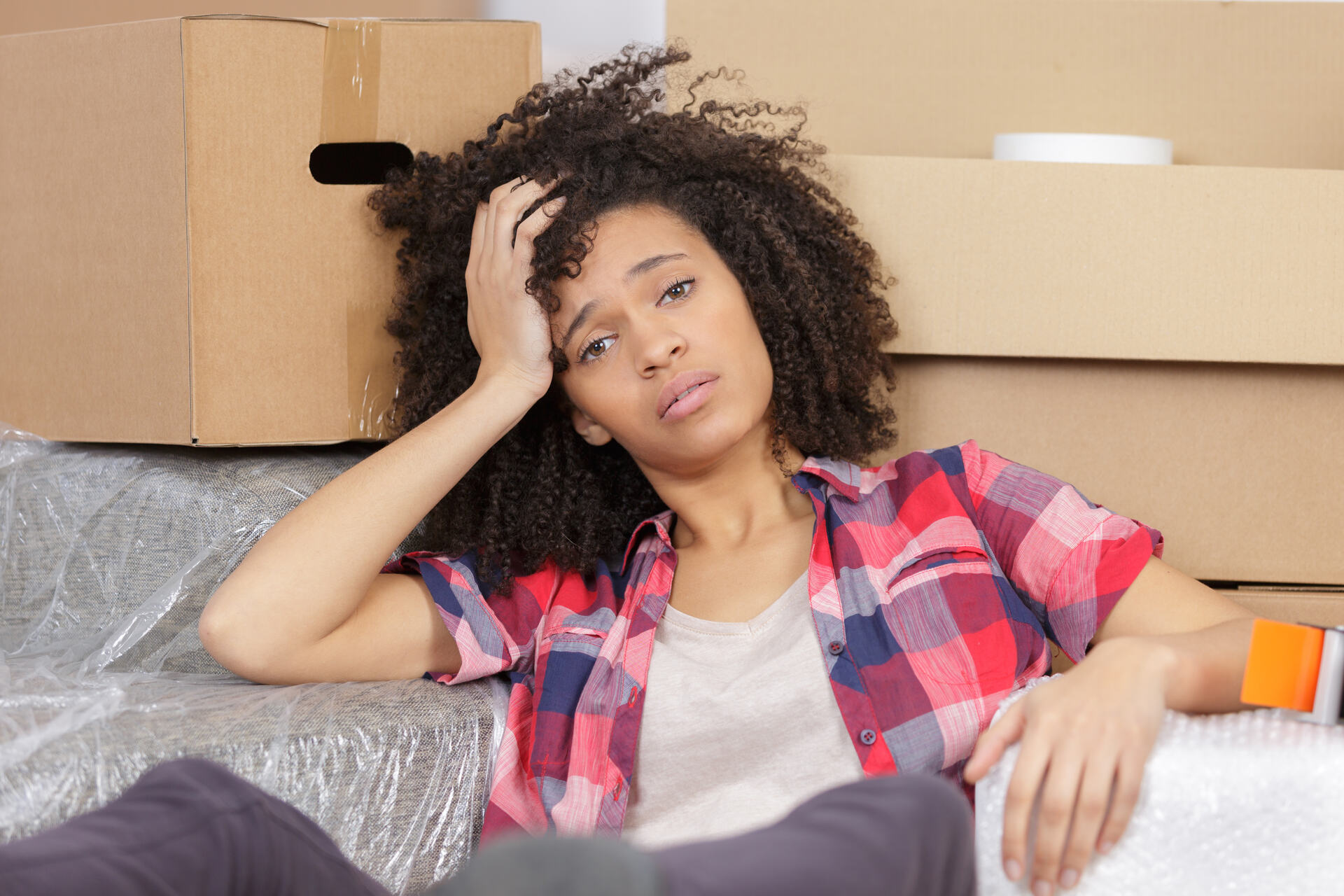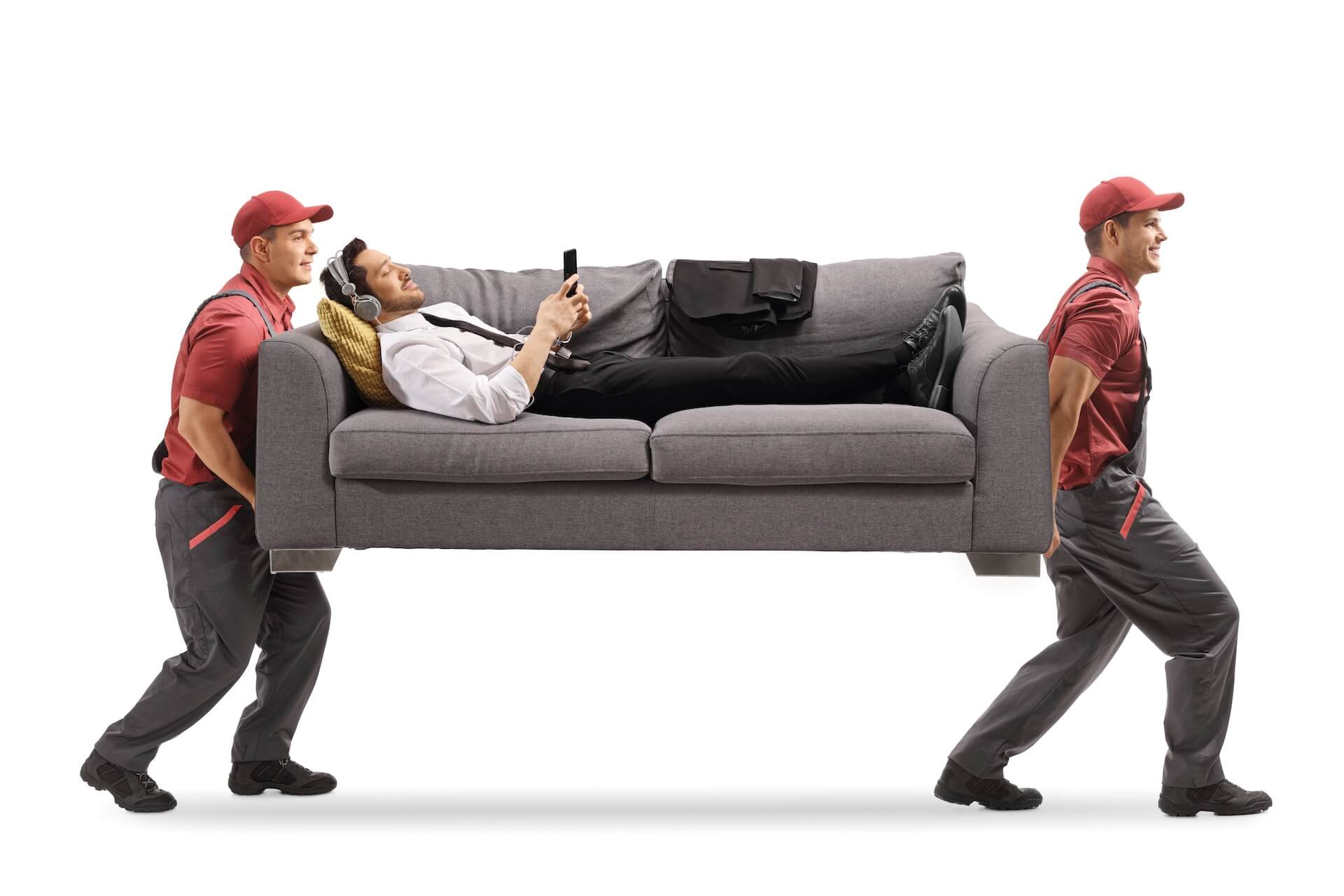

Around 9 million Americans live abroad today. When their moves happened, they all needed to find a way to prevent things from breaking, and they’ve done it with more or less success. Fortunately, you don’t need to go through the trial and error method and risk the well-being of your belongings. The more of our tips you follow, the better the chances of your items arriving abroad intact.
Boxing up all of your belongings will be one of the most demanding tasks on your moving abroad checklist. The big part of its difficulty lies in all the work necessary for the protection of your breakables. Have you already chosen one of the best countries to live in for your new home? Are you done with all other crucial tasks such as finding a job and gathering documents needed to travel abroad? If so, it’s time to use our guide and pack your belongings properly.
An International Move Can Be Harder on Your Belongings Than an Interstate One
An interstate move isn’t exactly a piece of cake when it comes to transporting your breakables, but an international one can be considered a boss-fight. Everything is more challenging when you want to move abroad, from logistics and transportation to overseas vehicle shipping. Your belongings will be loaded and unloaded numerous times between the two homes and possibly inspected at customs. If you’re planning on living in Europe, for example, know that there will be a lot of safety hazards during the move concerning your breakables. That is why getting packing services and having professional help can be life-saving. However, even if you’re financially limited, we won’t let you down – our tips will help you overcome difficulties.
Purge Before You Start Packaging
To know which supplies and techniques to use, first take a look at everything you’re planning to bring. Deciding what to pack must be on the top of your list – ensure to declutter as much as you can when moving across the world. Remember that an international move doesn’t come cheap and that you don’t need more expenses just because you can’t part ways with some unnecessary items. The weight of the shipment is one of the factors that will determine the final price, so make sure to pack only those belongings you can’t imagine living overseas without.
Unmatched sets, ugly plates you got as a gift, cracked mugs – international relocation is the perfect excuse to get rid of them all. The fewer breakables you have, the less time you’ll spend preparing them for transport. If you need help deciding what not to bring, take advice from a decluttering master in the following video:
Make an Inventory List and Form a Plan
After you’ve made decisions, it’s time to form a list of all the stuff you’ll pack. This will help you decide how many boxes you’ll need, which sizes, what materials to get, and the like. Creating an inventory list will allow you to make a game plan and is bound to save you from all the unnecessary stress down the road. Remember, the better thought-out this process is, the better the chances that the breakables will survive the move. And creating an inventory plays a crucial part in that.

Gather the Right Packing Materials
Not all of your belongings demand the same amount of protection. Breakables, however, call for only the safest and most quality materials you can find. That means you should consider getting:
- Strong containers and tape,
- Dish barrels,
- Original cartons for electronics,
- Packing paper,
- Bubble wrap (if you’re bringing electronics, get non-static bubbles),
- Foam peanuts.
The amount of material will depend on the number of items you’ll move, whether you’re moving abroad alone or with your family, and alike.
As a storage option, you can use strong cartons, but also larger tupperware containers. Some people opt to search for free cartons on websites such as Freecycle, but we advise you against it. Why? Used cartons are never as strong as new ones. Instead of packing paper, for example, you can utilize newspapers, but not on your valuable positions – the ink can damage them permanently. Finally, foam peanuts can be replaced with your cotton clothing when it comes to padding. However, avoid using clothes as wrapping material because they will provide less protection. On the other hand, you can use paper and other wrapping supplies for padding without any worries.
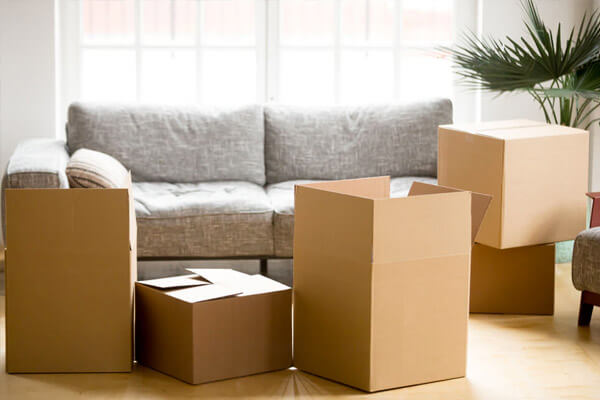
Get Familiar With the Best Packing Techniques to Protect Your Belongings
If you opt against hiring professional packers along with international moving services, this task will be your job. To prevent your belongings from breaking, you must find techniques that will most likely keep them safe. Consider the following general tips:
- Don’t skimp on tape to secure boxes – and let it be a quality one. You don’t want a carton to open during the move. Secure both the top and bottom and put some tape on the edges, where boxes get damaged the most.
- Cushion before filling the carton – you can use anything from bubble wrap to clothing pieces to layer the bottom and sides of a container.
- Place heavy objects in small boxes and light ones in larger ones.
- Immobilize objects inside boxes – after arranging stuff inside the box, add more material, so there is no empty space. If you want to ensure that you’ve done it right, shake the package a little bit after closing it. If you can feel your belongings moving inside, it’s time to repack them.
- Avoid overpacking cartons – otherwise, you won’t be able to lift them at all.
Ensure the Items in Boxes Don’t Get Damaged in Storage Units
If your reasons to move demand immediate relocation or your new home isn’t ready yet, you might need to get storage services. That means that your belongings will stay packed for a more extended period of time, which is why they must be thoroughly cleaned. Dust, dirt, grease, food crumbs, or even water can damage the rest of your belongings. And the longer your stuff is exposed to them, the bigger the damage can get. So before placing each of your belongings in a box, make sure that they’re sparkling.
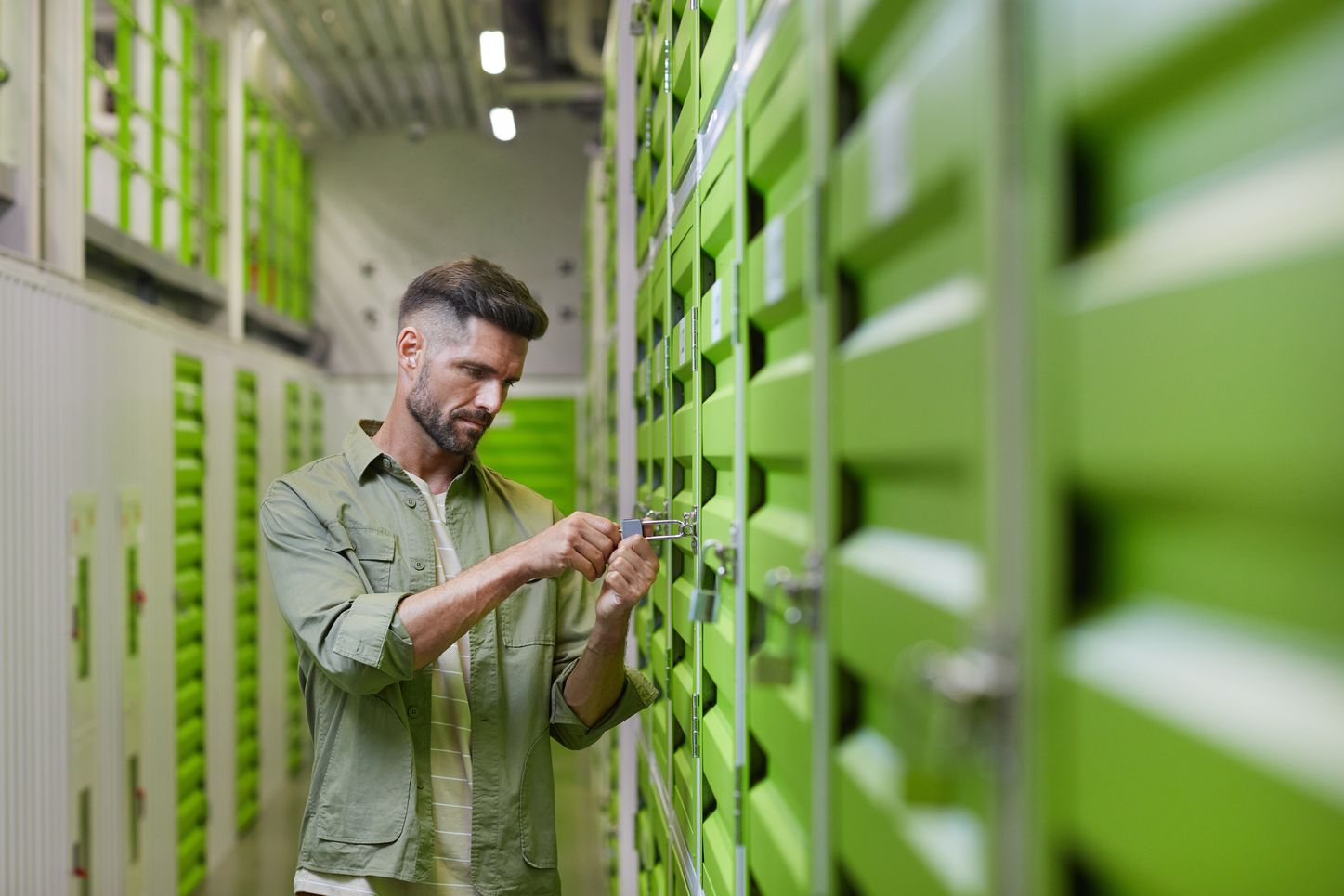
Which Items Demand Special Attention When Moving Internationally?
Even though you should be careful when handling each one of your belongings, it’s natural that you’ll have to put more effort into boxing up breakable and fragile objects. The most important thing to remember is to take your time. If you rush through the whole process, there will be a higher chance that something will be left with insufficient protection. If you want to reduce the levels of moving stress and be worry-free when it comes to your breakables, take a look at the next few lines.
Fragile Dishes Will Take the Most of Your Time
Learning how to pack fragile items is a must when they are bound to travel such a long distance. Plates, glasses, mugs, bowls – all of them demand your undivided attention. The safest material for them would be bubble wrap, but paper can also be an option if you’re careful enough. In both cases, ensure to layer up while wrapping and add extra sheets between objects. Make sure that all sides are tucked in. For glasses, don’t forget to fill them with the chosen material, too. And when the time comes to pack fragile dishes in a box, remember the golden rule – place them vertically. It will significantly reduce the chances of breaking.
Packing Mirrors, Artwork, and Frames Can Get Tricky
If you don’t want seven years of bad luck to follow you now that you’ve finally decided to move overseas, you have to protect all of your mirrors from breaking. A flat box is the best storage solution for them, but it must be combined with bubbles and good cushioning. Be careful with the frame, too, not just the glass. Even though it is less prone to breaking, you don’t want to damage it. Repeat the whole process with your artwork, too.
As for picture frames, well – ask yourself how much you really need them. Yes, pictures represent memories and have sentimental value. On the other hand, frames can be bought anywhere around the globe, even in places where you’ll have to break the language barrier and experience culture shock. Work smart – gift your picture frames away.

What About Antiques and Collectibles?
If you don’t want to part ways with precious collections of figurines, sculptures, and other antiques after deciding to live abroad, you must deal with protecting them. The technique is the same as for other delicate objects mentioned above – extensive wrapping with packing paper or bubble wrap and careful padding of the box. For small antiques, it’s better to go for small cartons dedicated to that object specifically. Keep in mind that some huge statues might demand a professional custom crating service.
Electronics May Not Be as Sturdy as You Think
You must also be careful with electronics because they can break easily, and their replacement can be extremely expensive. The first step should be finding the original box of the device in question. If you have thrown it away, be sure to get cartons of the right size. Then, detach all removable parts (the base of the TV, for example). If you deem it necessary, consult the user manual. Finally, wrap the device with non-static bubble wrap and place it inside the previously padded box. Make sure all corners and edges of the device are covered, too.
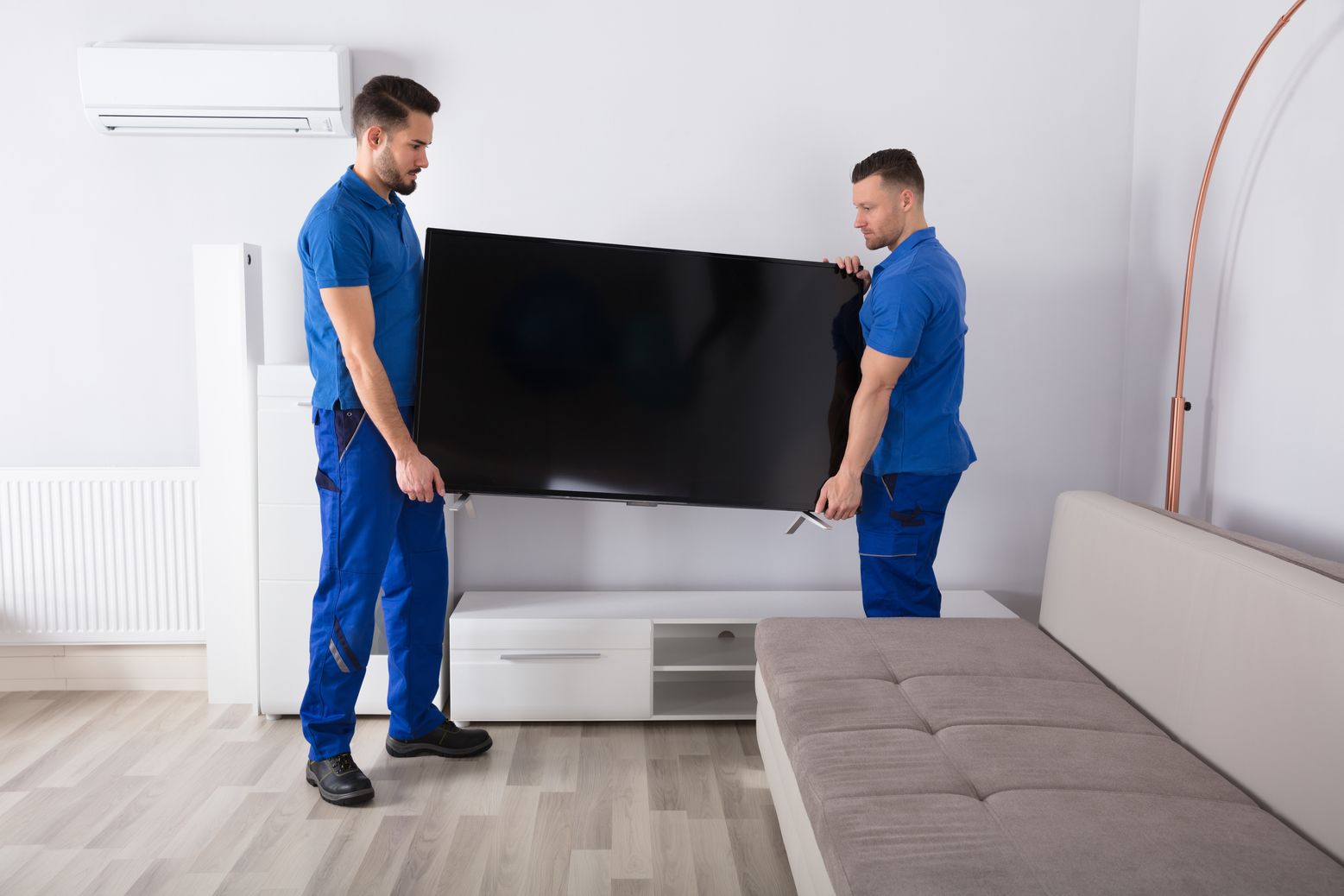
Label Boxes Before Relocating Them to a New Home
If your items are fragile and breakable, that information must be made clear, both for you and your movers. Consider it a warning that the package itself needs to be treated with more caution. Labeling is also necessary for the loading process when movers (or you) decide where to put each box – cartons with breakables must not be placed under anything heavy.
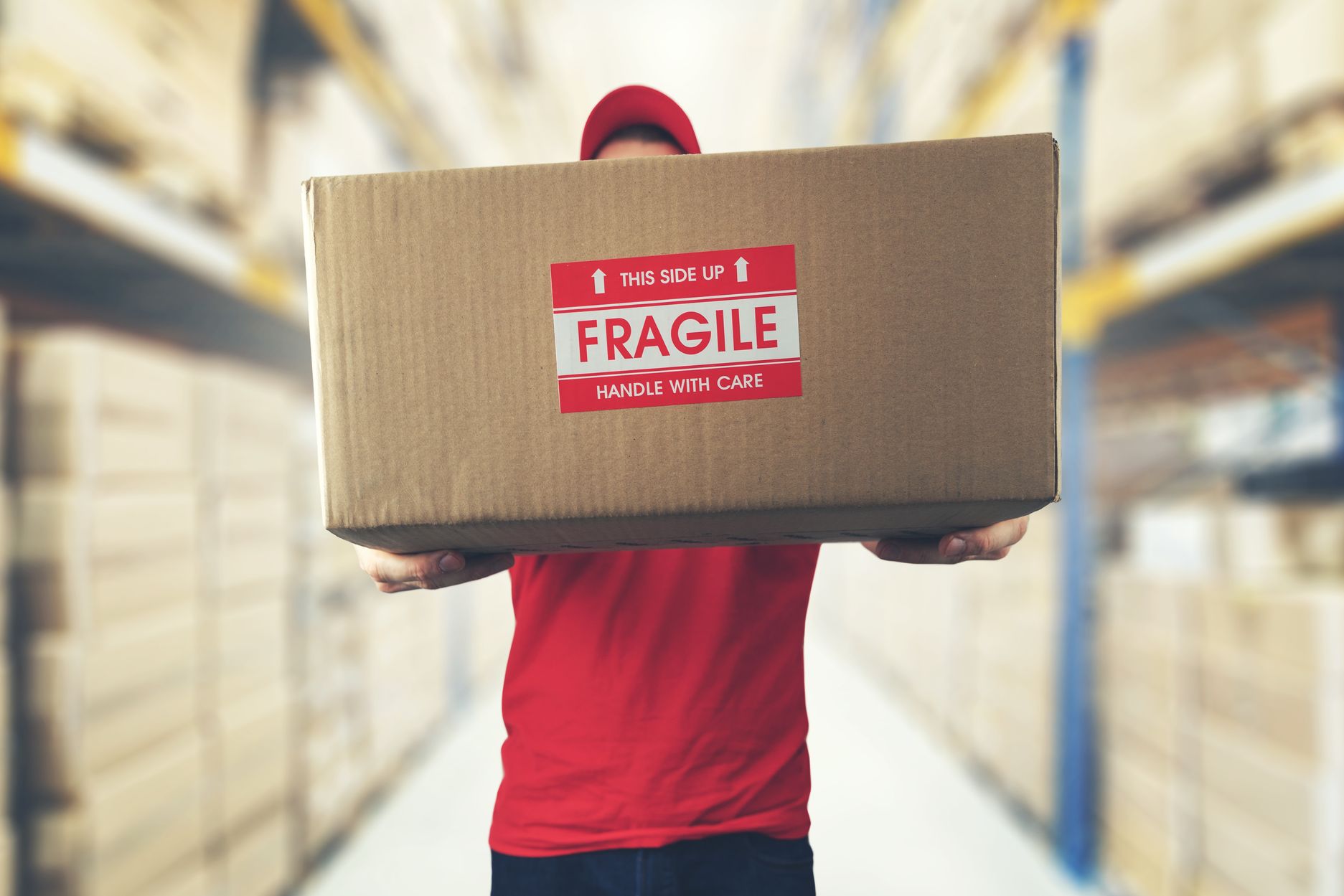
The Best Way to Prevent Things From Breaking Is to Hire Professionals
Whether you are moving to Canada or choosing some more distant location, relocating abroad is almost impossible without the help of an international moving company. Even if you decide to move to Hawaii, you’ll have to use relocation services. So why not take advantage of professional packers and let them deal with every breakable in your possession? A highly trained and experienced team is a certain road to stress-free relocation (if your finances can allow it). With the most difficult task taken care of, you can devote yourself to other important relocation tasks. You’ll also have more time to daydream about the new home in one of the best places to live abroad and plan how to adjust to the new country. And you will agree – it is an incomparably more exciting task than packaging.



